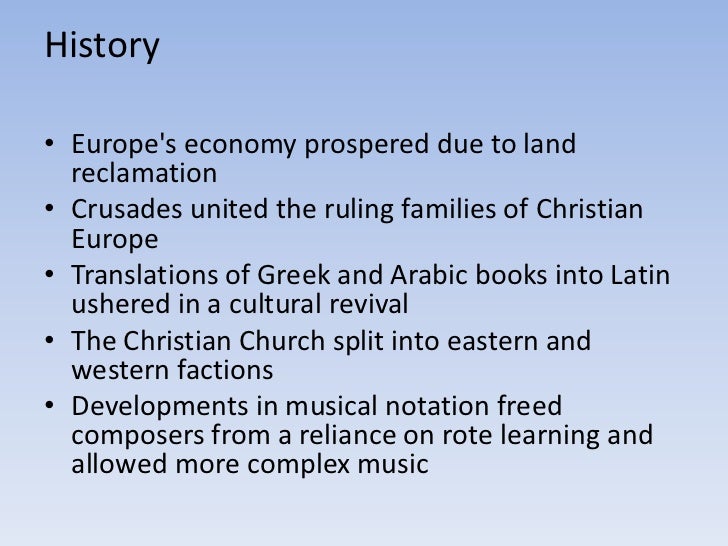

Fugues always begin with a tune that is played on a solo instrument/sung by a solo voice or produced by instruments/voices in unison.

playing the same melody in notes of different durationĪ fugue is a special type of polyphonic texture.changes in octave - it could be played higher or lower.Sometimes imitations contain slight changes to the tune to make it more interesting. For example, a flute may imitate a tune just played by the oboe. Imitation is where a melody in one part is repeated a few notes later in a different part, overlapping the melody in the first part which continues. Polyphonic music may contain an element of imitation, where one voice or instrument copies what has just been played by another (think of a “round” like London's Burning.) Imitation Polyphonic music is also sometimes called contrapuntal music. Polyphonic music has parts that weave in and out of each other. Send us feedback about these examples.Polyphony means “different sounds or voices”. These examples are programmatically compiled from various online sources to illustrate current usage of the word 'polyphonic.' Any opinions expressed in the examples do not represent those of Merriam-Webster or its editors.

Rachel Riederer, The New Yorker, 26 Dec. 2023 Joshua Seftel’s polyphonic documentary explores that relationship from all sides, featuring interviews with McKinney, his family, and many members of the religious community at the center of his plot. Hypernyms ('polyphonic music' is a kind of.): music (an artistic form of auditory communication incorporating instrumental or vocal tones in a structured and continuous manner). Within the context of the Western musical tradition, the term is usually used to refer to music of the late Middle Ages and Renaissance. When polyphony is mentioned in relation to digital pianos/keyboards, it means the number of notes that can be produced at the same time. 2021 Today a musician can create any type of sound response (and keep in mind that an instrument is more than just sounds) while using any type of controller (albeit there is still work to be done to create a good polyphonic midi guitar). Synonyms: concerted music polyphonic music polyphony. In music, polyphony is a texture consisting of two or more simultaneous lines of independent melody, as opposed to music with just one voice or music with one dominant melodic voice accompanied by chords. 2023 Theirs is music that inspires obsessive fandom and repeat plays for all its polyphonic catchiness and unexpected puzzlebox lyrics. having more than one phonetic value, as the letter s, pronounced as voiced (z) in nose and voiceless (s) in salt. Jennifer Wilson, The New Republic, 8 Mar. polyphonic having two or more voices or parts, each with an independent melody, but all harmonizing contrapuntal (opposed to homophonic). of, pertaining to, or marked by musical polyphony. 2023 The testimonies contained within Saint Omer give it a polyphonic quality, allowing Diop to tell Laurence’s story as one of many castaways, daughters handed over to the arms of the sea, to the rising tides of aspiration. Ed Park, The New York Review of Books, 14 Mar. 2022 The absence compels you to read the whole thing in sequence, to regard it as a polyphonic magnum opus tilting at the monoculture, born under Bush I and stretching into Clinton’s second term.

2023 In the past few decades, popular chroniclers influenced both by fiction and by oral history have taken up polyphonic approaches. The term polyphonic comes from the Greek words poly, meaning many or multiple, and phonic, meaning sound or voice. 2023 Most instruments are not even polyphonic. Recent Examples on the Web The walls of the shelter, like those of the Gothic cathedral before it, reverberated with polyphonic music from a world beyond pain: not sacred, not quite, but certainly exalted.


 0 kommentar(er)
0 kommentar(er)
